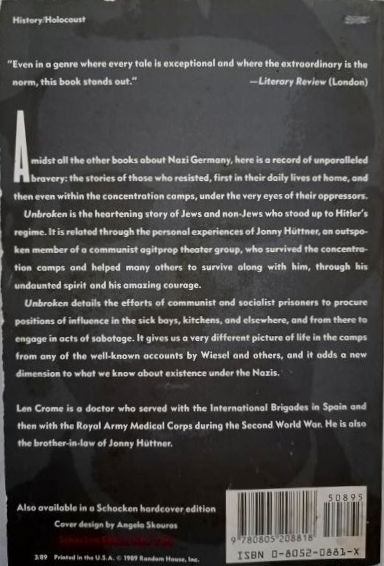A campaign for a memorial to honour the women and children who built more than 2,000 Spitfires in secret to help win the Second World War has been launched.
The little-known operation involved just a few hundred people who operated in requisitioned car garages, sheds, workshops and factories in Salisbury.
They had to sign the Official Secrets Act and worked with such discretion that the Wiltshire city's inhabitants were oblivious to it.





They built the legendary aircraft in piecemeal, with the parts coming together to be assembled in one large factory that is now the local rugby club.
From there the brand new Spitfires were taken to nearby airfields and flown to RAF bases across the country and used the defend Britain from the German Luftwaffe.
The unsung workers, who included hairdressers and secretaries who retrained as engineers, were so prolific they accounted for one-tenth of all Spitfires produced during the war.
Now a campaign is underway to raise £100,000 for a 30ft life-size statue of a Spitfire in flight to be placed in Salisbury in tribute to them.





Planning permission has already been granted so once the fundraising target is achieved it will be erected on one of the former factory sites.
It is hoped the project will be completed in time for the 80th-anniversary celebrations of the Battle of Britain next summer.
Chris Whalley, chairman of the Secret Spitfires charity, said: 'These workers were the unsung heroes of the war and that is the whole point of this memorial - to recognise not just the pilots who flew Spitfires but those ordinary people who built them.
'Without them, we would have run out of Spitfires and the consequences would have been too horrible to contemplate.




'That is why we are raising funds for this memorial, so that their enormous contribution is never forgotten.'
Salisbury was chosen for manufacturing after two giant Spitfire factories in Southampton were wiped out by German bombs in September 1940.
Various locations in Salisbury were requisitioned in December 1940 and were so small that they were not on radar of the Luftwaffe.
The first batch of planes had been produced by March 1941.





The planes were lined up in a row to be worked on while drawing offices were installed where engineers from the 'experimental unit' contemplated new designs.
Production carried on until the end of the war when the sites were returned to their previous uses.
Mr. Whalley said: 'When Southampton was bombed, the War Office decided to find other locations within a 50-mile radius for Spitfire production and Salisbury was the main site chosen.
'Various garages and factories were requisitioned and a few hundred people were recruited to work in them.
'In many cases, they had no experience in manufacturing. There was one example of a hairdresser who was trained to be a riveter.
'The production was so secret that people who were born and bred in Salisbury had no idea about it until the documentary was made.
'Production carried on right until the end of the war. Their contribution was absolutely massive, producing planes which were sorely needed as so many were being lost.'
A documentary by Ethem Cetintas and Karl Howman called 'The Secret Spitfires' was released in 2016 about those who built the aircraft in secret during the war.

(Source: Mark Duell, Mail Online-16/10/2019)
https://www.dailymail.co.uk/news/article-7575389/Plan-Spitfire-memorial-secretly-built-aircraft.html































